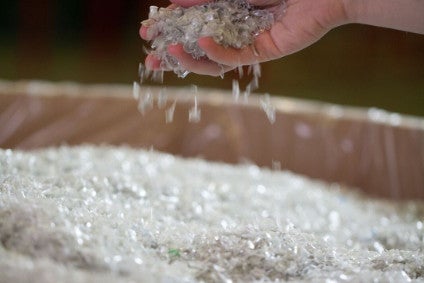
Sales of its Repreve recycled polyester fibres helped fuel a rise in revenues at US yarn manufacturer Unifi during the second quarter, but the firm is having to lift prices as it seeks to counter a “rapid rise” in raw material costs.
For the quarter ended 24 December, net income amounted to US$11.8m, compared to $4.6m a year earlier, benefiting from a lower effective tax rate but was unfavourably impacted by higher administrative expenses. Net income in the quarter also included a $3.8m tax benefit, while the year-ago period saw a loss on sale of business of $1.7m.
Net sales, on the other hand, increased 7.9%, to $167.5m from $155.2m in the year-ago period. Revenue growth was driven by an overall increase in sales volume, led by recycled product sales in Asia and North America, together with continued momentum and strong performance in Brazil.
Meanwhile, gross margin in the period narrowed to 13.5% from 14.3% in the prior year, reflecting a lower-priced sales mix and cost pressures, primarily relating to raw materials.
“These second quarter results demonstrated strength across our product portfolio,” said CEO Kevin Hall. “An acceleration in the expansion of our premium value-added (PVA) brands, like Repreve, drove PVA revenues to more than 45% of our consolidated net sales. We remain encouraged by the many brands, retailers and mills who have adopted Unifi’s differentiated products, and are finding value in partnering with our recycling, sustainability and innovation efforts.”
However, Hall cautioned Unifi experienced a “rapid rise in raw material costs” during the quarter, something the firm is seeking to counter through “appropriate price increases” and improved sales mix through the balance of the fiscal year.

US Tariffs are shifting - will you react or anticipate?
Don’t let policy changes catch you off guard. Stay proactive with real-time data and expert analysis.
By GlobalDataLooking ahead, Unifi now expects full-year revenue growth in the low- to mid-single digit percentage range, operating income broadly in-line with fiscal 2017, and earnings growth in the flat to mid-single digit percentage range.




